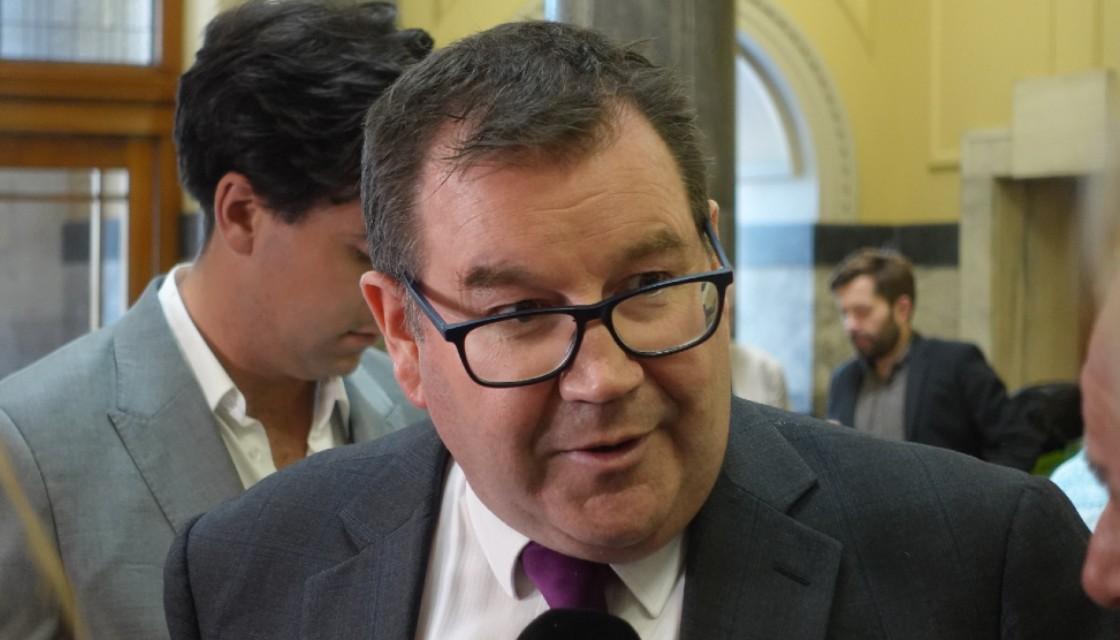The Government is promising to guarantee deposits up to $100,000 if a bank goes under, fully protecting 93 percent of borrowers.
The Government is also expanding its influence on how the Reserve Bank applies lending restrictions, by determining which types of lending the central bank is able to directly restrict.
Finance Minister Grant Robertson signalled the Government's intention to introduce a bank deposit guarantee regime in 2019, bringing New Zealand in line with the rest of the OECD in having bank deposit protections.
In 2019 the Government agreed to impose a levy on banks to pay for it, depending on the risk they pose. The Government would then top-up the rest.
The Government originally proposed a $50,000 limit for deposit protection, but Robertson says after feedback from the banking sector it has been increased to $100,000 to protect more New Zealanders.
"When enacted, these measures mean individuals will have up to $100,000 of their deposits in any eligible institution guaranteed in the event of the failure of an institution," Robertson said on Thursday.
"The aim is to have deposit insurance up and running in 2023."
The deposit insurance will cover banks, credit unions, building societies, and finance companies that are eligible to be licensed deposit takers.

The deposit insurance scheme falls under a comprehensive review of the Reserve Bank of New Zealand Act, which has been the subject of extensive consultation.
The reforms also include a new process for the Reserve Bank to set lending restrictions, such as loan-to-value ratios or LVRs.
The Reserve Bank uses LVR restrictions to cap banks' mortgage lending to borrowers with low deposits. They were introduced back in 2013 to cool the property market but were lifted in April last year to stimulate growth due to COVID-19.
As the property market defied expectations by booming during COVID-19, the Reserve Bank reintroduced LVRs this year. From May, property investors need a 40 percent deposit - up from 30 percent from March - while owner-occupiers need 20 percent.
As part of the new reforms, the Finance Minister will now play a role in determining which types of lending the Reserve Bank is able to directly restrict. The Reserve Bank will then be able to decide which tool to use and how to apply restrictions.
In other words the Finance Minister will have more say.
The Government decreed in February that the Reserve Bank will now have to take house prices into consideration when making its decisions.
Robertson wrote to Reserve Bank Governor Adrian Orr late last year suggesting this course of action. Orr said there could be adverse trade-offs, but Robertson pushed ahead, as house prices spiralled out of control.
Drafting of the legislation to make these changes will now get underway, with the Bill expected to be introduced to Parliament towards the end of the year.



